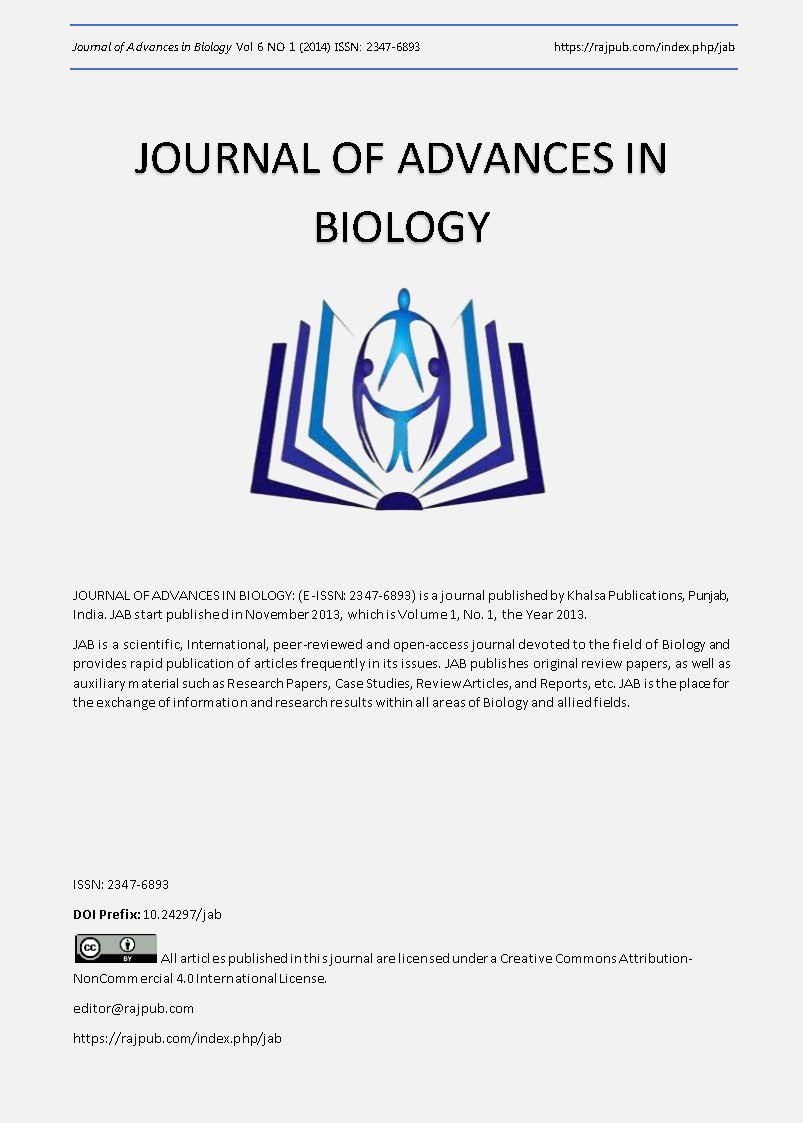Study of serum 25-hydroxyvitamin D in critically ill patients with acute kidney injury
DOI:
https://doi.org/10.24297/jab.v6i1.5465Keywords:
Vitamin D, acute kidney injury.Abstract
Acute renal failure (ARF) has traditionally been defined as the abrupt loss of kidney function that results in retention of urea and other nitrogenous waste products and dysregulation of extracellular volume and electrolytes (1). 25(OH)D deficiency prior to hospital admission might be linked to acute kidney injury in a critically ill patient population (2). Eighty patients were selected from ICU of Ahmed Maher Teaching Hospital, and informed consent was obtained from all patients. This study was approved ethically by the local authority of the hospital and the patients were concented to do this study. The selected patients were subjected to: history taking, full clinical examination, laboratory investigations, serum 25-hydroxyvitamin D, blood urea and serum creatinine, eGFR, CBC,serum calcium,serum phosphorus, lipid profile, serum albumin, fasting and 2h postprandial blood sugar and urine analysis. There was significant difference between groups on regard age (AKI group was 58.2±10.6 and non AKI group 65.1±11.3). There was significant association between mortality and AKI as 20% of AKI group died while no one in other group died. There was significant association between 25 (OH)D deficiency and AKI as 75% of AKI group had 25 (OH)D deficiency while other group hadnt any one. There was significant association between mortality and 25 (OH)D deficiency as 26.7% of 25 (OH)D deficiency group died while no one in other group died. There was significant association between 25 (OH)D deficiency and AKI as 100% of 25 (OH)D deficiency had AKI while 7.7% only of other group had AKI. There was significant association between AKI and level of 25 (OH)D and kappa for agreement was 0.95. 25 (OH)D was a high validity tool for detection of AKI. There was significant association between mortality and level of 25 (OH)D and kappa for agreement was 0.84. 25 (OH)D was high validity tool for detection of mortality. GFR<90 , UTI, DM, high level of serum creatinine and high level of blood urea were significant risk factors for AKI and 25 (OH)D deficiency was a highly significant risk factors for AKI. AF, GFR<90 , high level of creatinine and high level of urea were significant risk factors for mortality and 25 (OH)D deficiency was highly significant risk factors for mortality Deficiency of 25-hydroxyvitamin D is a significant predictor of acute kidney injury and mortality in a critically ill patient population.
Downloads
Downloads
Published
How to Cite
Issue
Section
License
 All articles published in Journal of Advances in Linguistics are licensed under a Creative Commons Attribution 4.0 International License.
All articles published in Journal of Advances in Linguistics are licensed under a Creative Commons Attribution 4.0 International License.




